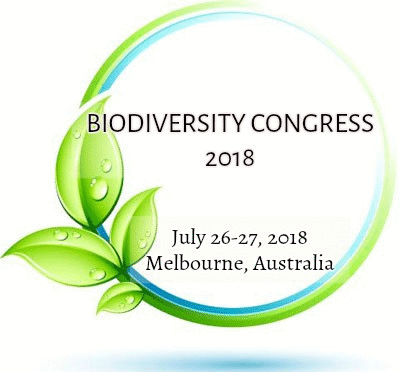
Pedro Nahoum
Botonica POP Ltd, Brazil
Title: Impacts on biosphere of plant cultivation by the genus Homo: from before the fire domestication to the genomics applied to industrial agriculture
Biography
Biography: Pedro Nahoum
Abstract
Horticulture > Agriculture is a historic direction in plant production by the Homo sapiens. Many terrestrial mammals and bird species are seed and pollen dispersers, and H. sapiens has been doing it too since the first fruit eaten. Organic deposits are found in places where human groups stay for even a short period (1), so there were always seed germination processes next to the human dwellings. Our species probably had a slow and gradual transition between natural seeds dispersed from feeding to the plant germination learning. Plant production is much older than agriculture - on June 8th, 2017 an article was published featuring fossil records of H. sapiens presence with fire around 315,000 years B.P., in Morocco (2) (3), while agriculture, as an incipient monoculture practice, has around 23,000 years B.P. (4). There are over 200,000 years of sustainable plant cultivation of our species before agriculture started. The original plant production system was not the monoculture of wheat and grains in the crescent fertile of Mesopotamia 9,000 years BC, as many think - the original cultivation comes from the forest gardening, much older and more related with permaculture (5), with a horticultural approach and much higher biodiversity indexes (6). Biodiversity and agrobiodiversity losses, the genetic erosion process, impedes adaptive responses to stressful environments (7), like deforested and semi-arid areas, and the whole planet Earth is affected by the climatic changes. Very low biodiversity indexes in monocultures with synthetic inputs use is an important argument against GMOs, genetic engineered cultivars and synthetic growing for extensive areas, as have been occurring in South America and is starting in Africa now. Each area unity converted in monocultures is related to genetic erosion of natural biodiversity, with losses in the intraspecific genetic diversity of well-spread species, the extinction of endemic species and the reduction of humanly created agrobiodiversity (8).

